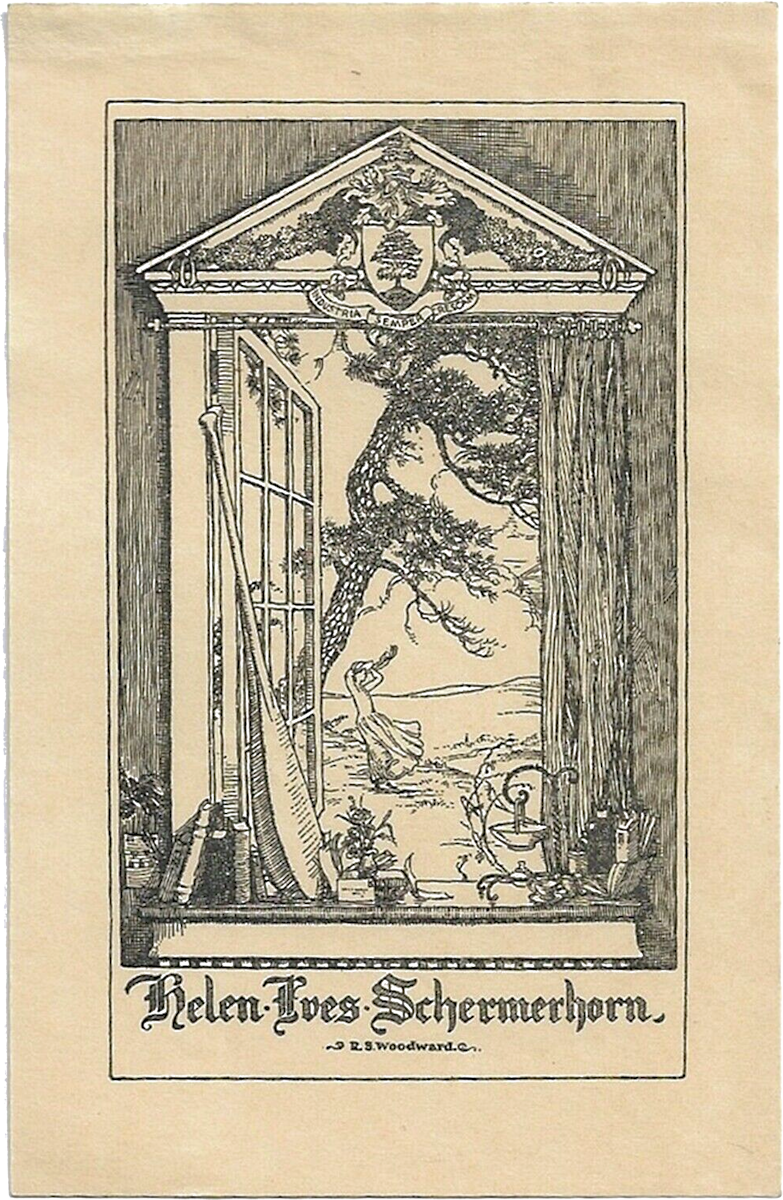Quick Reference
1911 - 1916
NA
Sketch
Bookplate
NA
NA
NA
NA
Related Links
- See also the...
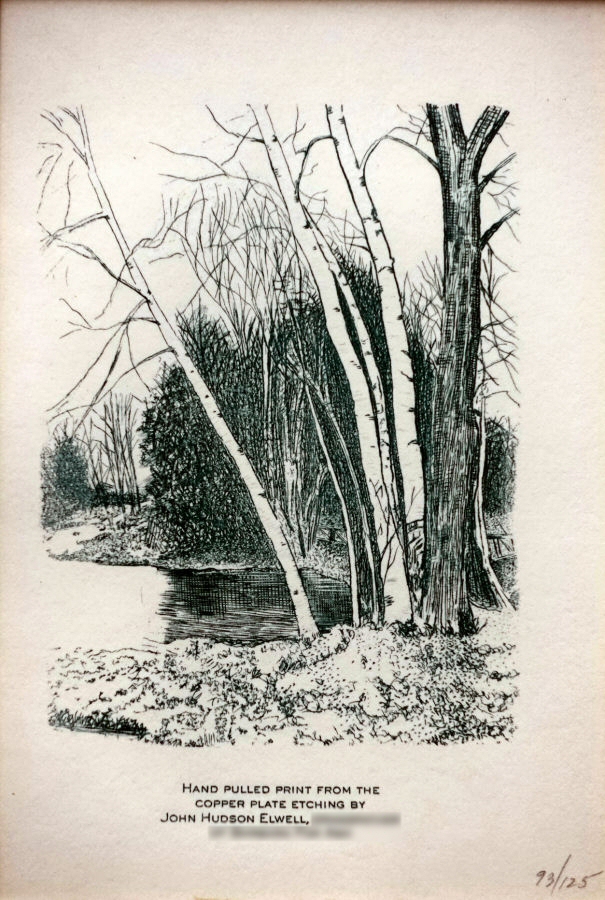 Bookplate & Cachet Gallery to view related pieces.
Bookplate & Cachet Gallery to view related pieces.
- See also the...
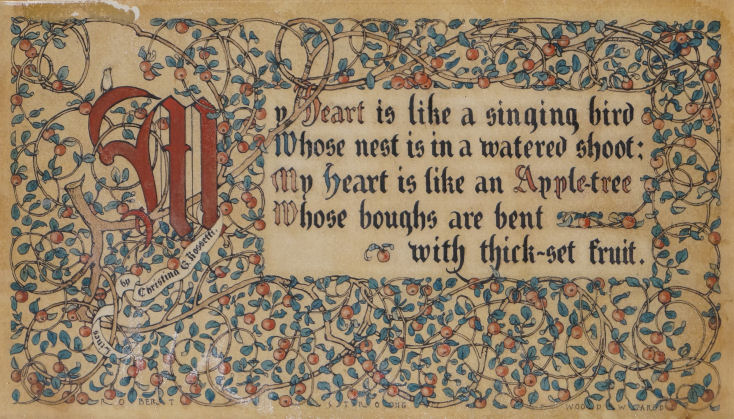 Illuminations Gallery to view related pieces.
Illuminations Gallery to view related pieces.
- For more about the ...
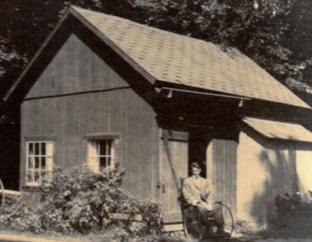 Redgate Studio, see our Scrapbook page.
Redgate Studio, see our Scrapbook page.
- For more about the...
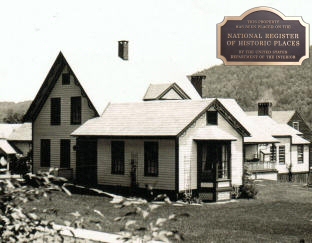 Southwick Studio, see our Scrapbook page.
Southwick Studio, see our Scrapbook page.
- See also the...
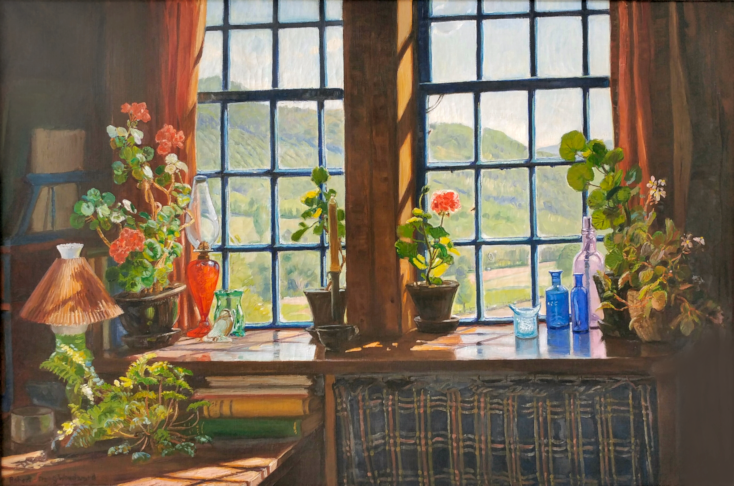 Window Picture Gallery to view related pieces.
Window Picture Gallery to view related pieces.
- See also the...
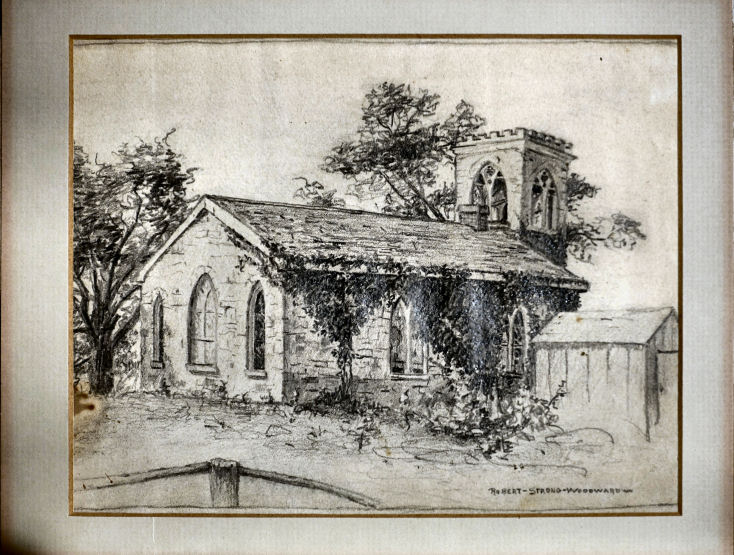 Sketch Book Gallery to view related pieces.
Sketch Book Gallery to view related pieces.
- See also the...
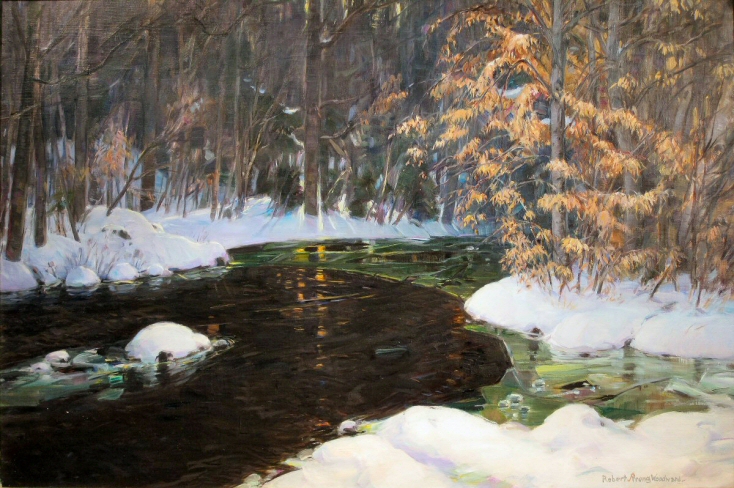 Quintessential Redgate Gallery to view related pieces.
Quintessential Redgate Gallery to view related pieces.
- See also RSW's ...
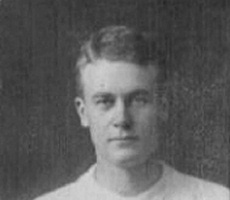 Personal Friends Gallery
Personal Friends Gallery
- See our page devoted to ...
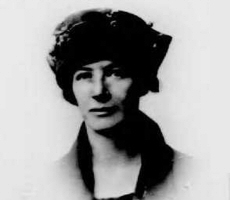 RSW friend and pen pal Helen Ives Schermerhorn
RSW friend and pen pal Helen Ives Schermerhorn
- See our page devoted to ...
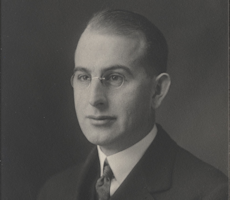 RSW childhood friend Victor West
RSW childhood friend Victor West
- See also meet RWS friend...
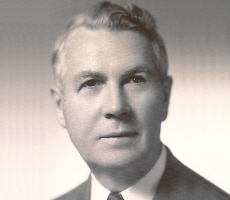 Engraver John Hudson Elwell
Engraver John Hudson Elwell
- See also the...
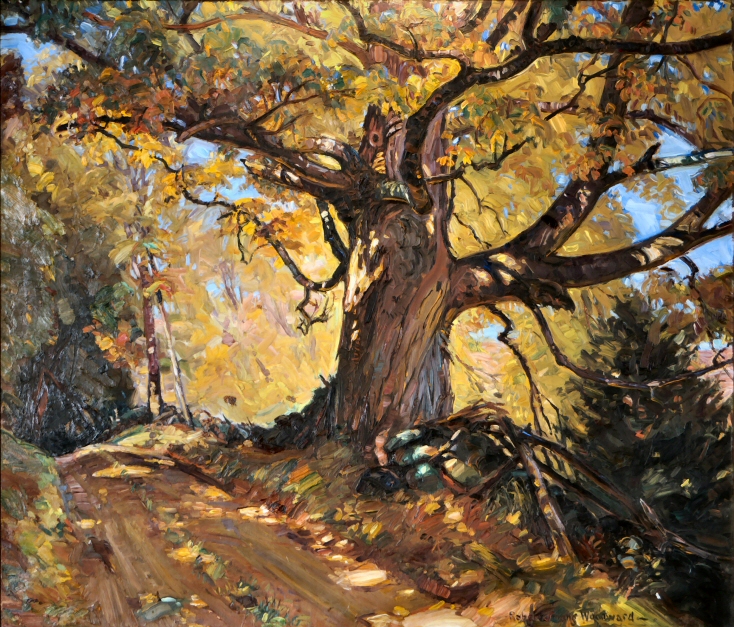 Trees Gallery to view related pieces.
Trees Gallery to view related pieces.
- See also the...
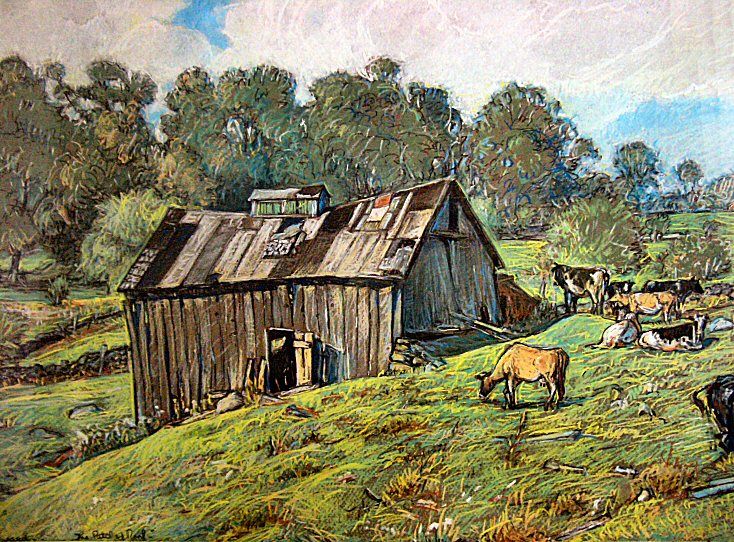 People & Livestock Gallery for related pieces.
People & Livestock Gallery for related pieces.
- See also the...
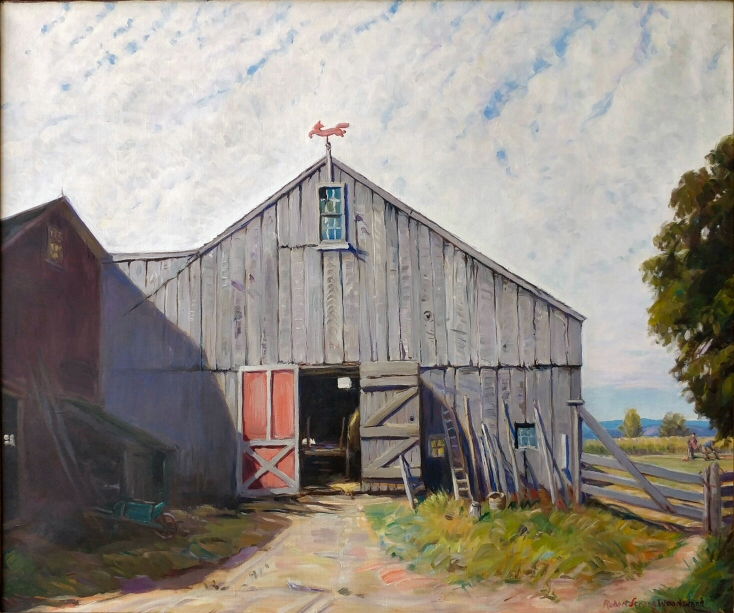 Fences, Gates & Doors Gallery to view related pieces.
Fences, Gates & Doors Gallery to view related pieces.
- See also the...
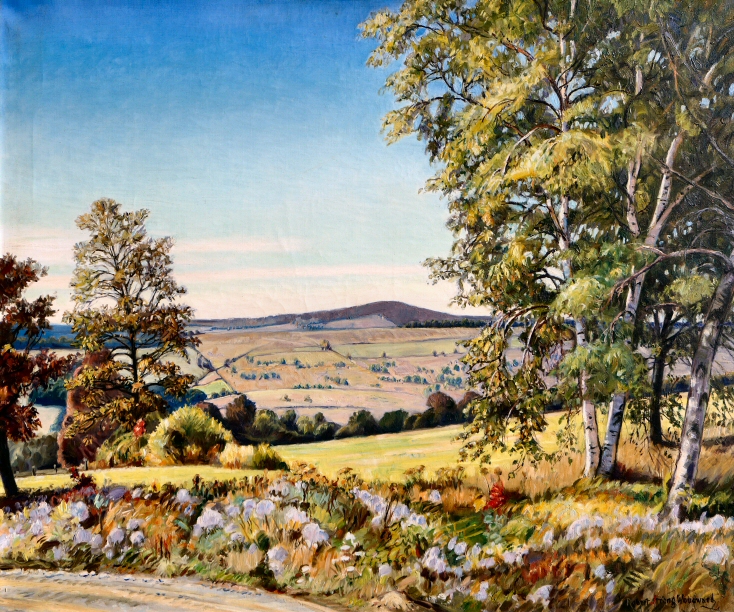 Landscapes & Views Gallery to view related pieces.
Landscapes & Views Gallery to view related pieces.
Featured Artwork: Helen Ives Schermerhorn, Bookplate
Additional Notes
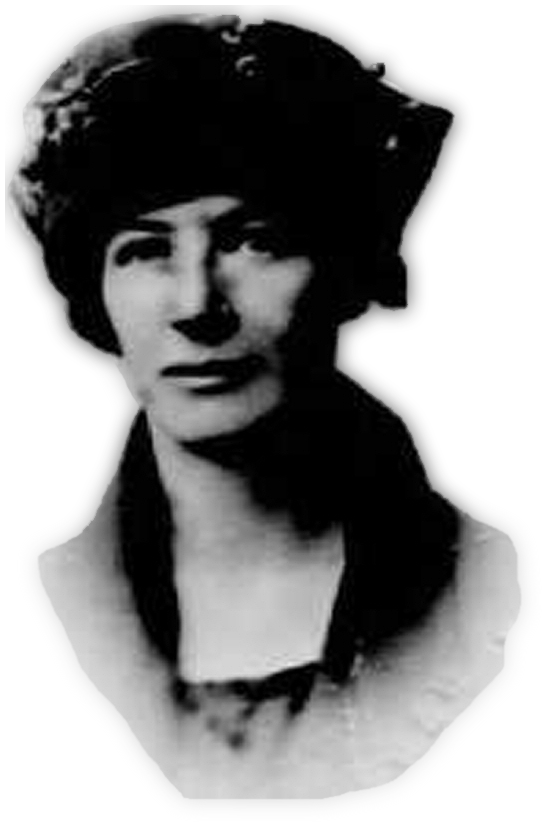
 Helen Ives Schermerhorn
Helen Ives Schermerhorn
 In one of the most reaffirming events in our website's history as to why we make every effort to cover Woodward's career and personal life as comprehensively as time
and information permits. This bookplate has now been located. In just the past couple of years much of the new information we receive comes from the most unlikely of sources provided
by people searching for information other than by directly searching Woodward himself. The confirmation of the bookplate was something we feared would be lost to history forever until
we received an email from a collector in Europe who happened to come across the bookplate through an art dealer. The collector looked up Helen and found us! Had this happened just 3
years ago the collector might not have located us; first, because a profile on Helen and her relationship with Woodward had not been published until then and second, because Woodward
rarely, if at all, used just the initials R.S.
In one of the most reaffirming events in our website's history as to why we make every effort to cover Woodward's career and personal life as comprehensively as time
and information permits. This bookplate has now been located. In just the past couple of years much of the new information we receive comes from the most unlikely of sources provided
by people searching for information other than by directly searching Woodward himself. The confirmation of the bookplate was something we feared would be lost to history forever until
we received an email from a collector in Europe who happened to come across the bookplate through an art dealer. The collector looked up Helen and found us! Had this happened just 3
years ago the collector might not have located us; first, because a profile on Helen and her relationship with Woodward had not been published until then and second, because Woodward
rarely, if at all, used just the initials R.S.
A search today of R.S. Woodward leads with American engineer Robert Simpson Woodward who was head of the Carnegie Institute
during the same years as the height Woodward's career and popularity. Robert Simpson is one of our greatest obstacles in searching for information on Woodward in newspapers.com
because local papers often abbreviated our Woodward's name to "R.S. Woodward" the same as the engineer. Google then provides a long list of other famous R.S. Woodward's. The name
is quite popular. In fact, our Woodward doesn't appear on a search until the third page and even then it is not our website but a Pinterest page devoted to bookplates and contains the
Eugenia Beetle bookplate and even there they do not give his full name.
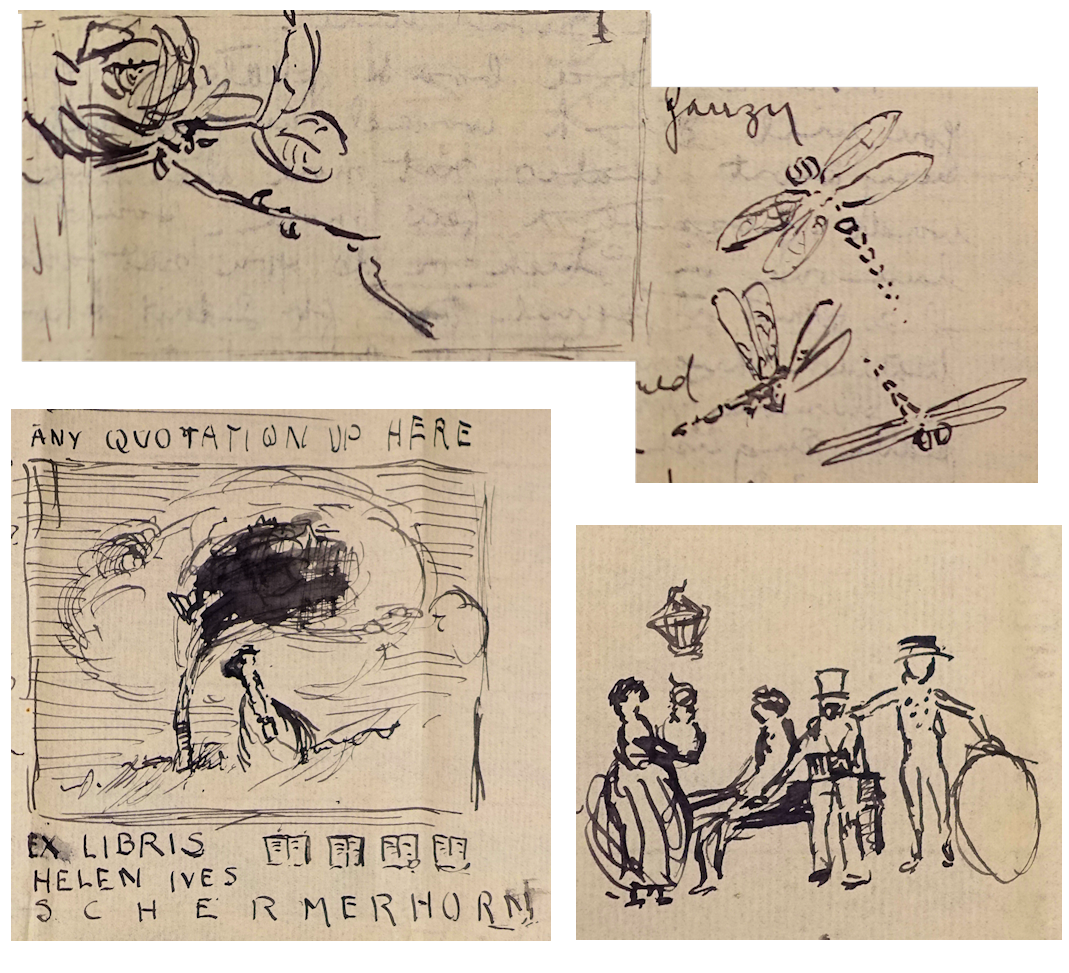
 Woodward's 4 doodles to Helen
Woodward's 4 doodles to Helen
A simple Rose... the Darling Needles,
The wind blown woman... and the children.
 We know that Woodward proposed an Ex Libris bookplate to Helen sometime in late 1907 or early 1908. In the letter he
ask, "Now about a book plate. A quotation if you will, I think would be first rate..." and proceeds to ask her preferences for Greek or Latin or just plain English. He then begins to discuss
design and artwork offering his ideas for what his own bookplate might look like. After some frivilous musings he gets back to Helen's design, and writes, "Then how'd you like, perchance
a wind blown tree, with a huge cloud back of it - Helen, who loves the wind and clouds and the out door fields?" In all, he doodled four design for her to consider.
We know that Woodward proposed an Ex Libris bookplate to Helen sometime in late 1907 or early 1908. In the letter he
ask, "Now about a book plate. A quotation if you will, I think would be first rate..." and proceeds to ask her preferences for Greek or Latin or just plain English. He then begins to discuss
design and artwork offering his ideas for what his own bookplate might look like. After some frivilous musings he gets back to Helen's design, and writes, "Then how'd you like, perchance
a wind blown tree, with a huge cloud back of it - Helen, who loves the wind and clouds and the out door fields?" In all, he doodled four design for her to consider.
Unfortunately
for us, the letters between Helen and Robin (what she affectionately called him) are much less frequent after 1908 and we found no letter thereafter confirming if the bookplate design had
been made or put to print. We also do not have Helen's letters to Woodward.
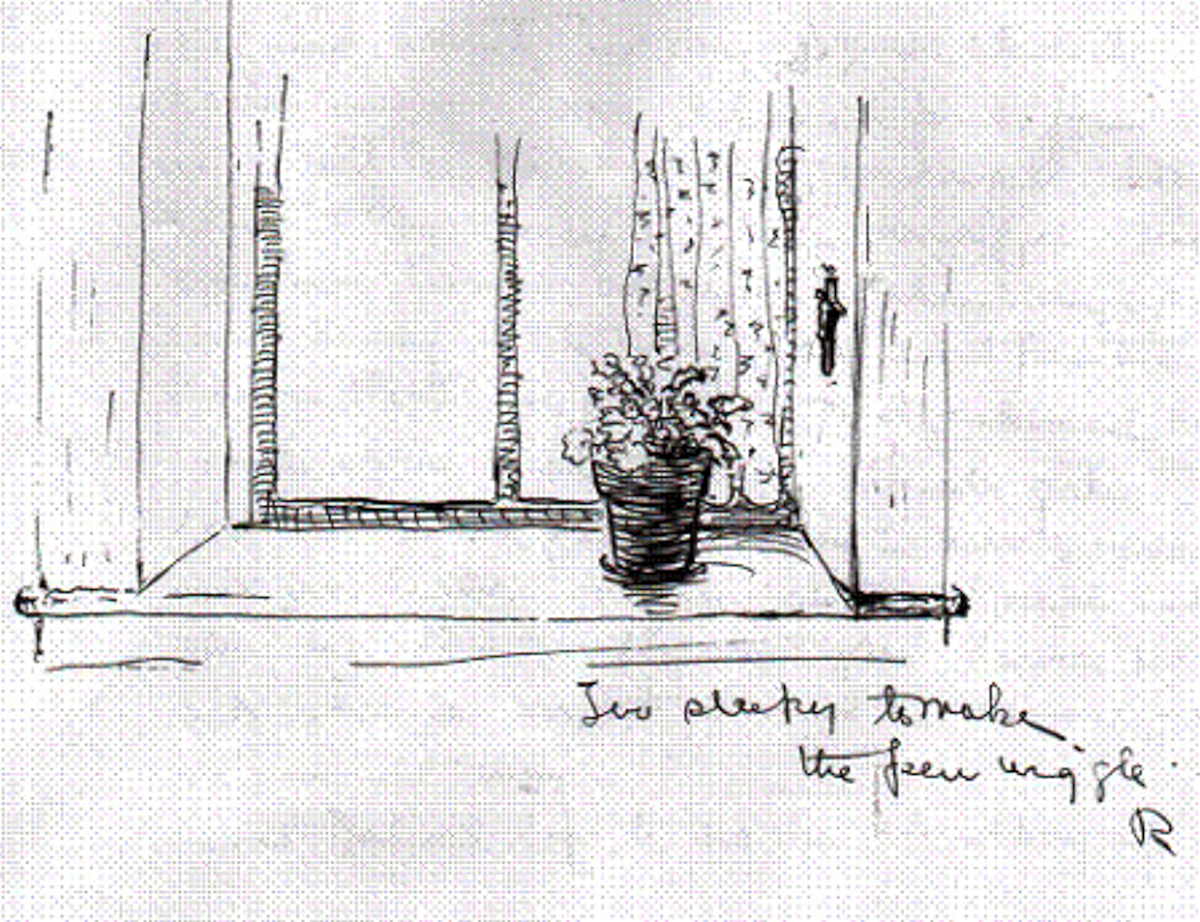
 The 1910 window drawing from Boston.
The 1910 window drawing from Boston.
In 1908, Helen would graduate Vassar and return to Schenectady to begin her career as a teacher. This would explain the slow down in letters. Woodward would not retun to the east for another two years. The next letter we have from Woodward to Helen is from Woodward's apartment in Boston in 1910, in which he tells her he has been ill "since the holidays". (His relatives have confirmed to us that he was very ill when he arrived in Buckland and is in all likelihood the reason he left school.) In the Boston letter, he drew his "barren student's room" window for Helen that displays a jar holding a pink primrose resting on its sill claiming it is, "a vast comfort to me." There is no mention of the bookplate in the Boston letter and from there the letters between the two in our record get less frequent.
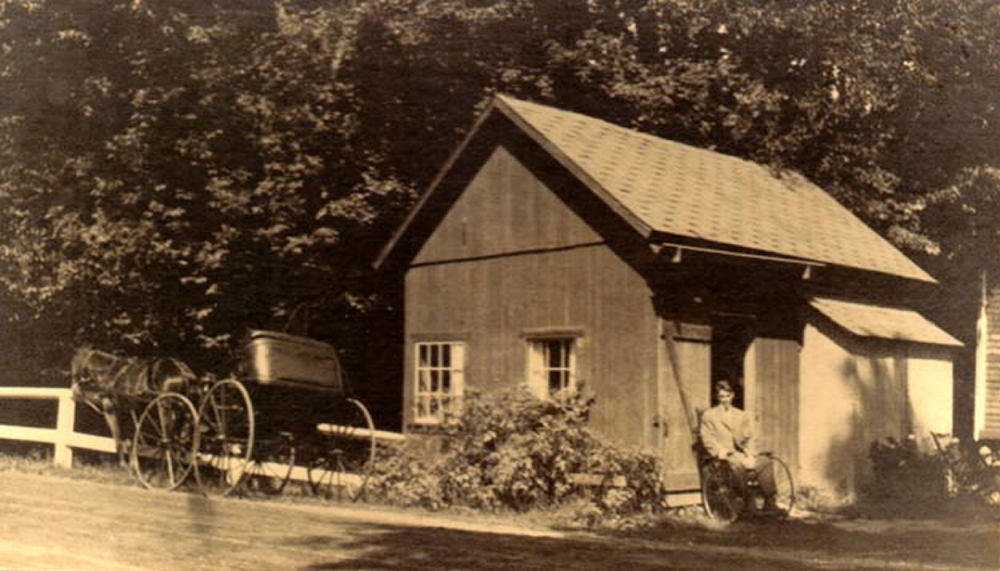
 Woodward's Redgate Studio,
Woodward's Redgate Studio,
Buckland, MA, 1911 - 1922
Keep in mind that Woodward is now in Buckland and Helen is in Schenectady. Their letters were less frequent between 1910 and 1920 because they were much closer in proximity (roughly 2 hours). It is possible they simply visited each other more frequently and that the design of the bookplate was put together in person at Woodward's Buckland, MA studio Redgate. This is what leads us to believe that the bookplate was most likely made between those years when they were nearer to each other. This is what makes the most sense to us. In 1908, Helen is just beginning her career and Woodward is 3,500 miles away... by 1912, both are settled and into their careers.
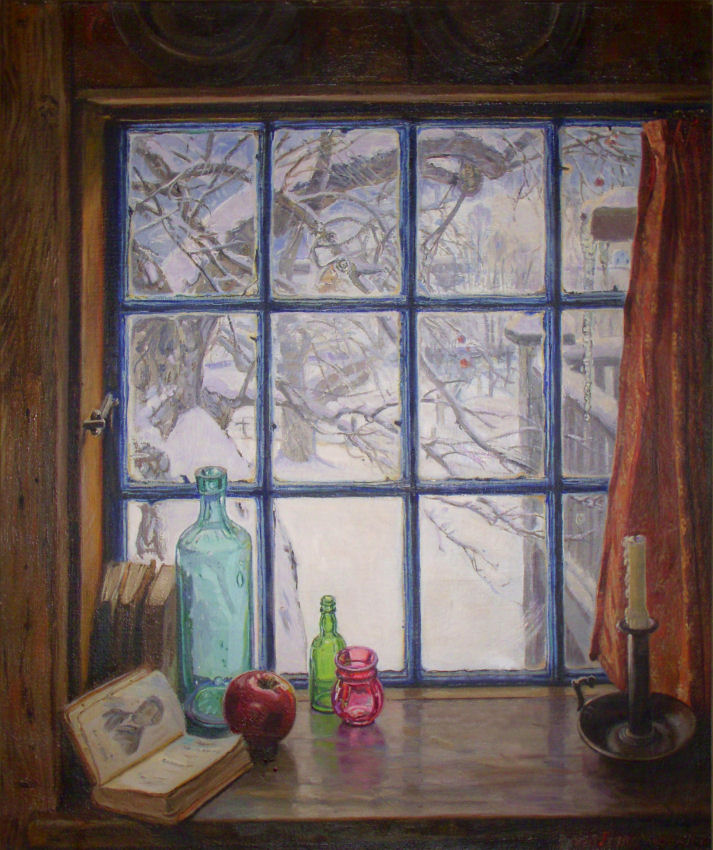
 The little east window of his
The little east window of his
Southwick Studio as seen in Winter Peace
 What stuck us almost immediately is how much the bookplate design resembles and contains many of the features
that would become synonymous with his popular window paintings after 1936 when he moved to Southwick.
Especially the "little East Window" he so frequently painted. This is not our first experience with Woodward having this seemingly prophetic ability to see into the future. There are now
enough examples that we have started to keep a list.
What stuck us almost immediately is how much the bookplate design resembles and contains many of the features
that would become synonymous with his popular window paintings after 1936 when he moved to Southwick.
Especially the "little East Window" he so frequently painted. This is not our first experience with Woodward having this seemingly prophetic ability to see into the future. There are now
enough examples that we have started to keep a list.
It is interesting to us that "windows" appear to also be synonymous with Helen. It fascinates us that two of Woodward's
first known works of art regarding windows are related to Helen. Keep in mind that aside from the 2 years as classmates living in Schenectady, Woodward and Helen only saw each
other occasionally. A summer here or there between 1902 and 1905. We actually do not know how frequently they visited. We do know that, from 1906 to 1910, they did not see each
other at all. So for 8 years they only saw each a few times. Does this suggest the windows are a reflection of his longing? Some have argued as much over the years.
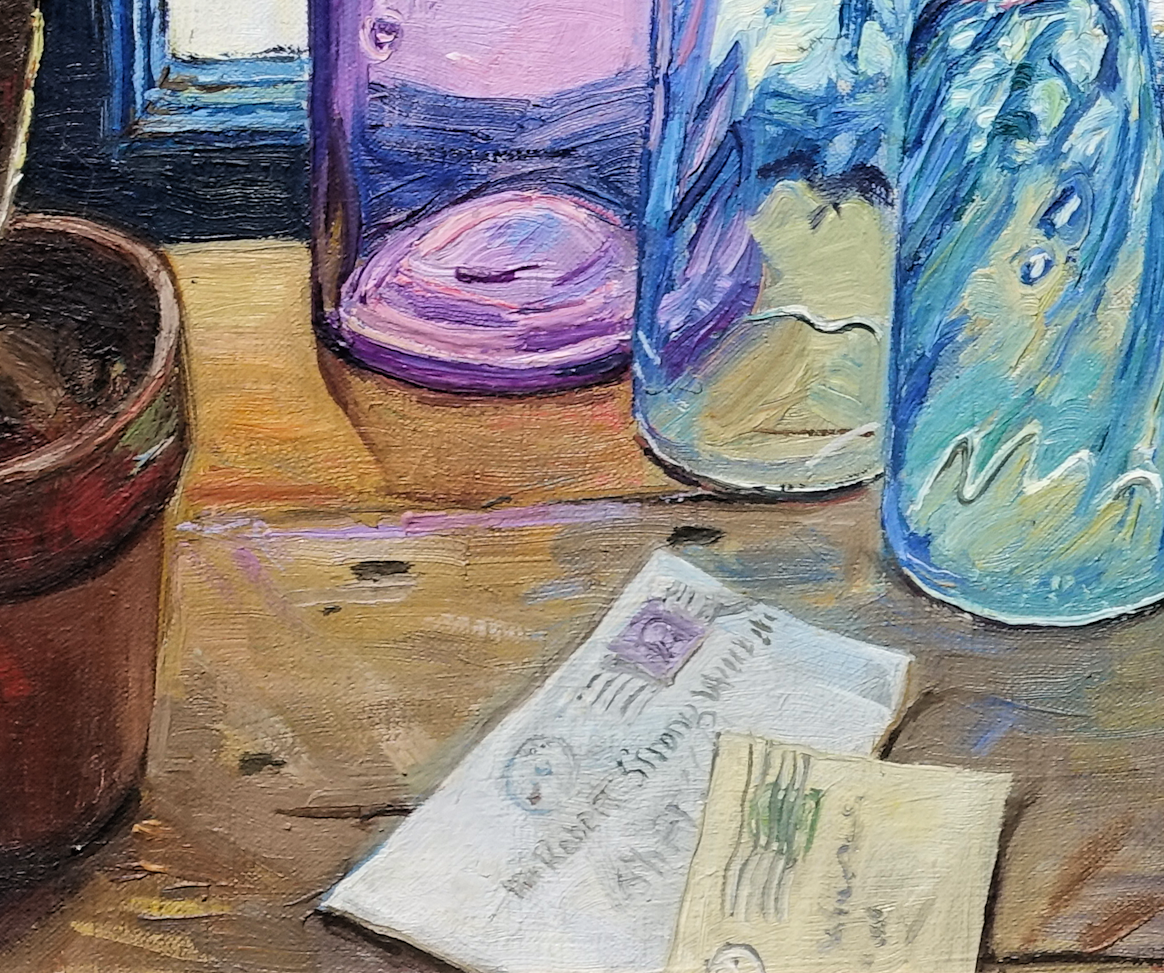
 A closer look at the glass and letters
A closer look at the glass and letters
on the sill of the supply room next to
the Southwick studio in Winter Window
 A number of the items decorating the window are again, common to Woodward's window paintings. There are the books
and the potted plant. The object to the right of the window could be some personal item of Helen's that Woodward included. But note the letter (common in a number of Woodward's
window paintings) near what appears to be two canoe paddles. We believe this is a personal reference on Helen and their relationship. We believe it is possible this was an activity they both
mutually enjoyed. The only picture we have of Woodward in Schenectady is sitting on what appears to be a toppled bench alongside a large pond or possibly a lake. There are 3 other children in the photo but are
at this time unidentified. We also have a picture of Woodward in a canoe, paddle in hand, where he appears to be in his mid-to-late twenties (after his
accident in 1906). And we know from newspapers that he twice vacationed early in his career at a lake in upstate New York
not too far from Schenectady.
A number of the items decorating the window are again, common to Woodward's window paintings. There are the books
and the potted plant. The object to the right of the window could be some personal item of Helen's that Woodward included. But note the letter (common in a number of Woodward's
window paintings) near what appears to be two canoe paddles. We believe this is a personal reference on Helen and their relationship. We believe it is possible this was an activity they both
mutually enjoyed. The only picture we have of Woodward in Schenectady is sitting on what appears to be a toppled bench alongside a large pond or possibly a lake. There are 3 other children in the photo but are
at this time unidentified. We also have a picture of Woodward in a canoe, paddle in hand, where he appears to be in his mid-to-late twenties (after his
accident in 1906). And we know from newspapers that he twice vacationed early in his career at a lake in upstate New York
not too far from Schenectady.
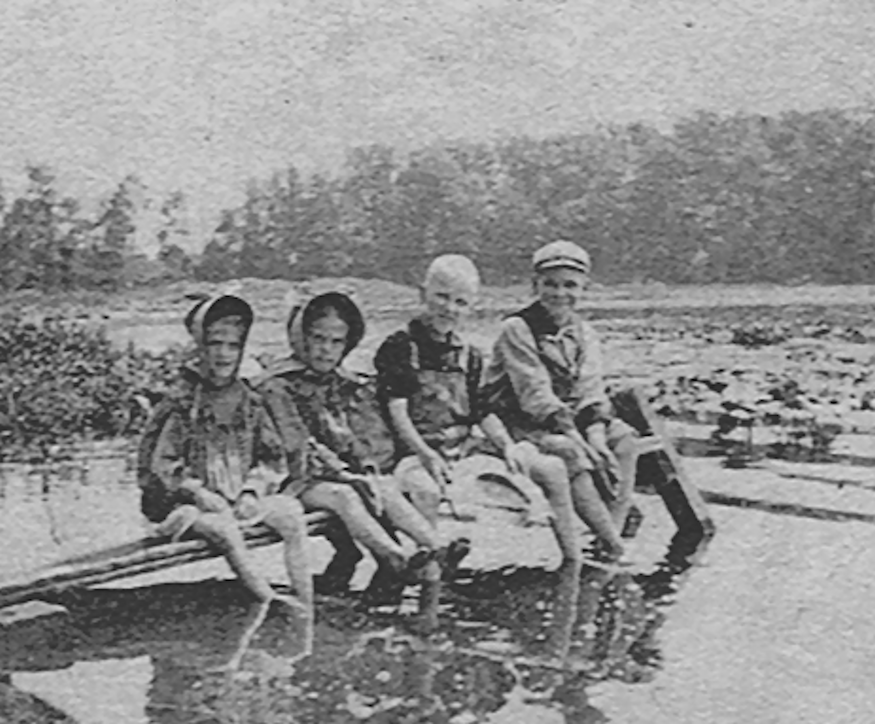
 Dated June 29, 1898, Woodward (far
Dated June 29, 1898, Woodward (far
right) on a toppled bench aside of a lake
in Schenectady, NY. The other 3 kids are
unidentified and years before he met Helen
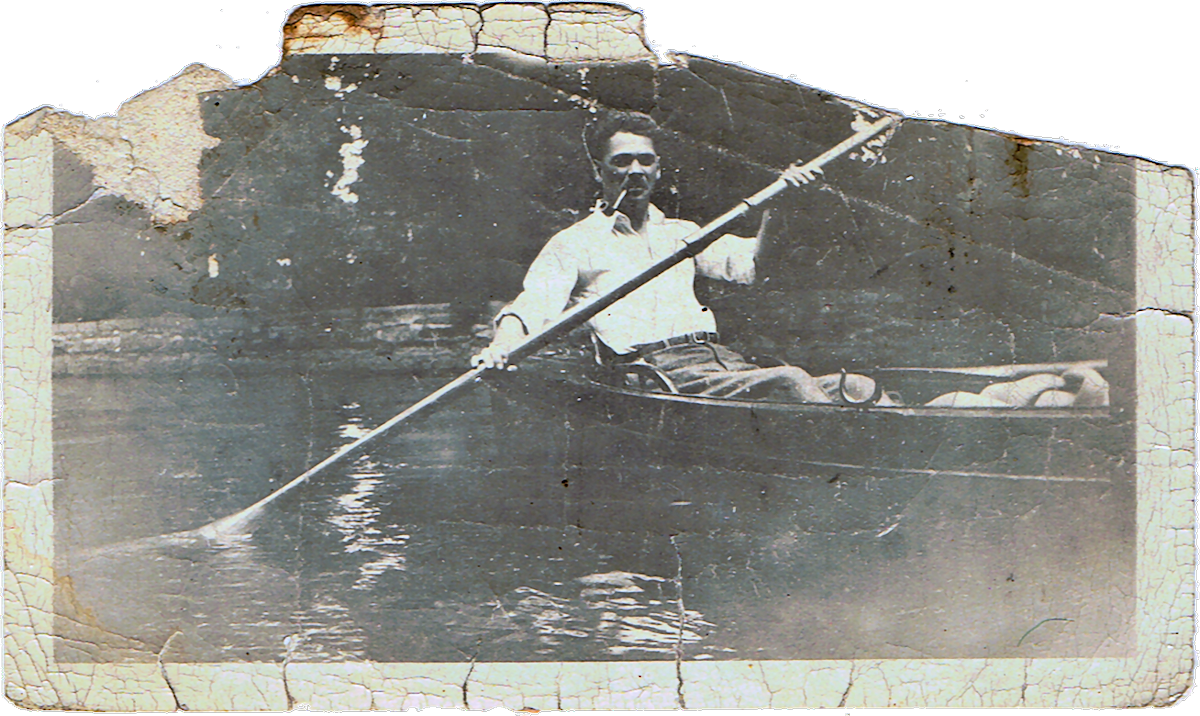
 Woodward paddling in a canoe. A comparison of other
Woodward paddling in a canoe. A comparison of other
pictures of him suggest he is roughly 30years old (1915)
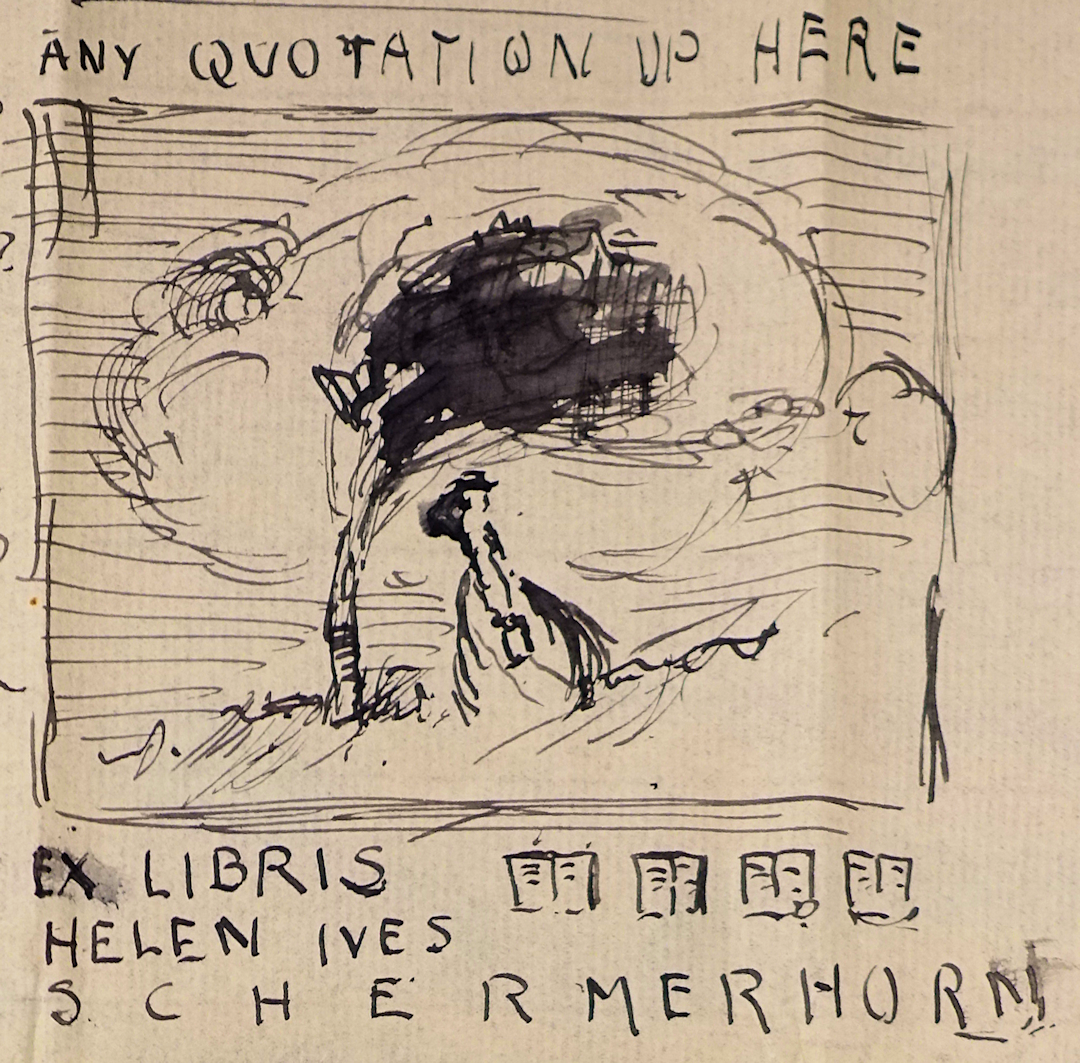
 "Helen who lives the wind and clouds..."
"Helen who lives the wind and clouds..."
A doodle and quote from
a 1908 letter from
RSW to Helen in which he offers to design
her bookplate. Instead of "Ex Libris," Helen's
bookplate used her family's
name crest and
motto, "Industrias Semper Crescam"
 The only commonness to the doodles Woodward made in his earlier letter is the woman herself, the wind blowing her
hair standing by a tree, " "Helen who lives the wind and clouds..." is what he said of her in that 1908 letter. Only the tree in the bookplate is very different. The tree from the letter
resembles the tree from an ink drawing he gave Helen in 1903. The tree in the bookplate is a pine and appears to be styled in the
asian aesthetic he greatly appreciated.
The only commonness to the doodles Woodward made in his earlier letter is the woman herself, the wind blowing her
hair standing by a tree, " "Helen who lives the wind and clouds..." is what he said of her in that 1908 letter. Only the tree in the bookplate is very different. The tree from the letter
resembles the tree from an ink drawing he gave Helen in 1903. The tree in the bookplate is a pine and appears to be styled in the
asian aesthetic he greatly appreciated.
What also stood out for us is the prominence of his name and the use of "R.S. Woodward." It was rare for Woodward to include his
name in a bookplate. Even whenif he did, they were just his initials - RSW - obscured and hidden as to not stand out. We can't help believing that Helen may have insisted on this addition.
After all, we know she was not only fond of him but we believe she was very proud of him as well. She was the only friend with the foresight enough to save his letters and keep them for
prosperity.
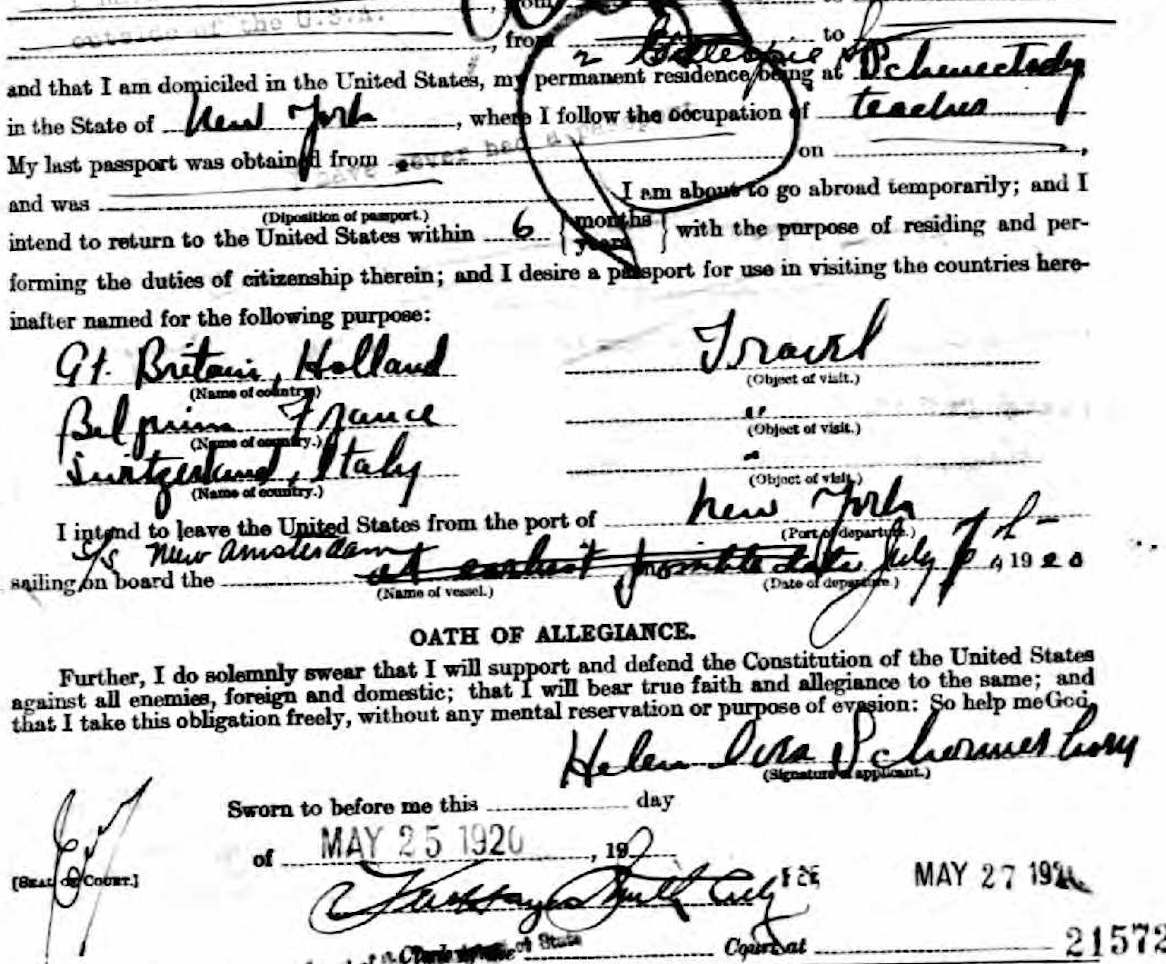
 A copy of Helen's 1920
A copy of Helen's 1920
intinerary from her passport
 So how did a version of Helen's bookplate end up in Europe? Well, we know of two instances where she did travel to Europe.
She went there in 1920 where her itinerary was listed as Great Britain, Holland, Belgium, France, Switzerland, and Italy in her passport. We do not know the length of her stay but we do know
this was just before she returned to school for her masters degree at Bryn Mawr. She returned again in the mid-1930s but that is all we know.
So how did a version of Helen's bookplate end up in Europe? Well, we know of two instances where she did travel to Europe.
She went there in 1920 where her itinerary was listed as Great Britain, Holland, Belgium, France, Switzerland, and Italy in her passport. We do not know the length of her stay but we do know
this was just before she returned to school for her masters degree at Bryn Mawr. She returned again in the mid-1930s but that is all we know.
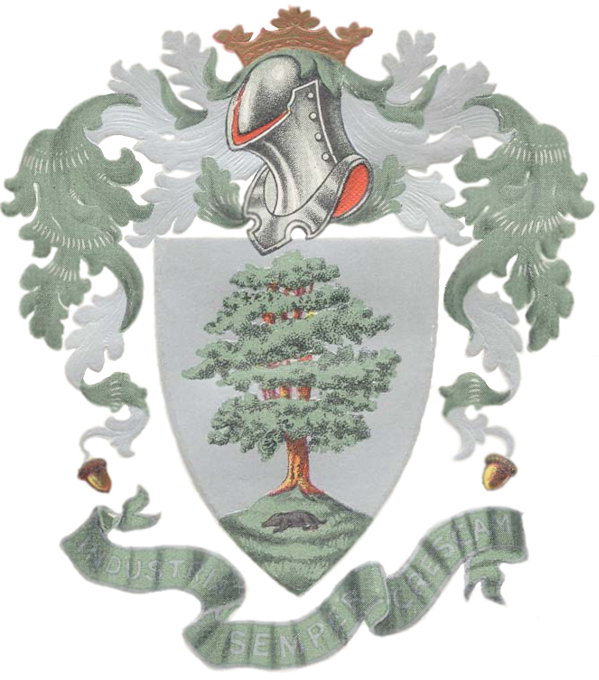
 The Schermerhorn Family
The Schermerhorn Family
Crest and Motto today
What is also of particular interest to us is the addition of what appears to be the Schermerhorn family crest and family motto in Latin, "Industria semper crescam." You can find these items on the Schenectady "Shermerhorn Family Genaeology" website. Also on the Schermerhorn Family website, its administrators translate the Latin to read, "By industry will I succeed." We did some of our own research into the translation because we found it odd that Woodward and Helen would advocate industry in the time after the post-industrial revolution had dramatically changed many of the mores and values both Woodward and Helen opposed.

 The Schermerhorn Bookplate Crest and Motto
The Schermerhorn Bookplate Crest and Motto
What we learned is that "industria" can also be translated to "diligence" which made much more sense to us. In fact, the Schermerhorn family history holds far more academics, ministers, and politicians than industrialists in the literal sense. We believe the translation is more likely seen by the two friends to read, "Through diligence, I will succeed" or "By persevering I will succeed." Still more literally, "Diligence or perseverance always succeeds," though we do not know how to conjugate Latin, this is much more in line with the values and sentiments held by both Helen and Woodward.
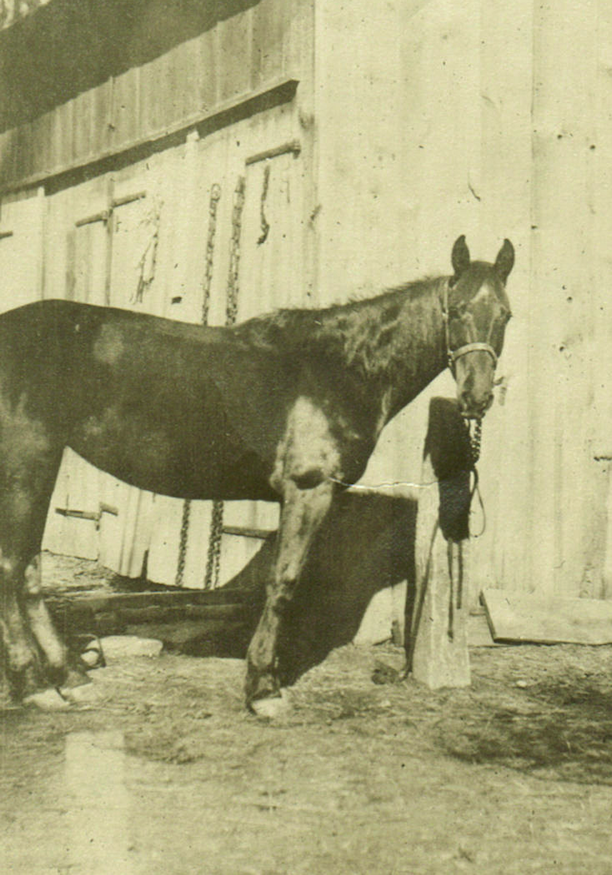
 Tsune hitched by the barn at Hiram
Tsune hitched by the barn at Hiram
Let's not forget that Helen chose a career over marriage and children. She is one of 3 women in Woodward's life to make similar choices (the others are
Beulah Bondi and Ethal Dow). Helen also devoted her life to educating the marginalized and disadvantaged who could
only go to school at night for whatever reason. Diligence and perseverance are qualities needed in choosing an unconventional life and so in this context, her family's motto takes on a far
deeper meaning. One in which Woodward also made the core message of his career.
It is also worth noting that "semper" means "always" which is the very same translation
of the name of Woodward's horse Tsune translated from Japanese to English. Coincidence? Unlikely, we are learning Woodward did many things with a particular deliberate-ness, including
the naming of his horses, Tsune and Thomas a Kempis.
The concept of "always" is so important to Woodward that it appears in various forms in both his professional and
personal life. It is not just a concept of endlessness but the encompassing of all directions beyond our limited 3 dimensional experience, in that, life and the Universe makes use of
all directions and angles and dimensions. Its literal-ness means that life makes use of "all ways," to take the improbable and make it possible. It is the image of
trust and faith... that the benevolent goodness of life makes use of all things, good and bad, beautiful and ugly without bias. If it is useful to Life, life will find a use for it.
He painted the abandoned farm to express, in contrast, that it still held promise. His paintings of ramshackled and whithering barns and homes with missing roof shakes and windows,
still in use, and serving its usefulness though tired and broken. This is the perseverance Woodward and his friends Helen and Victor and Joseph all valued in both faith and principal.
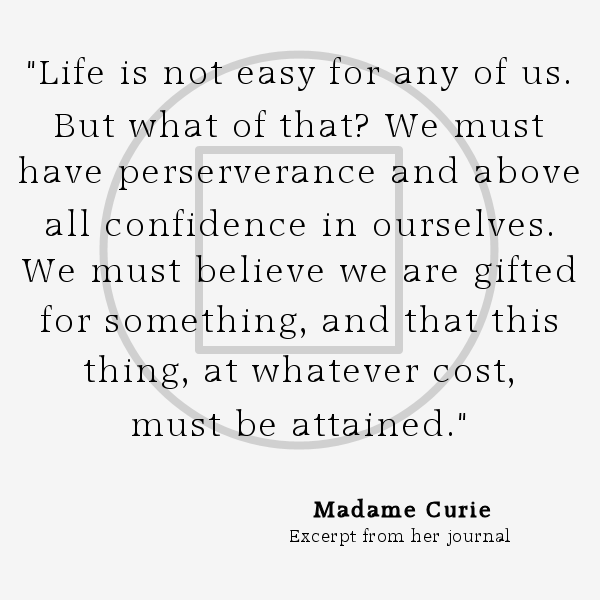

.png)

